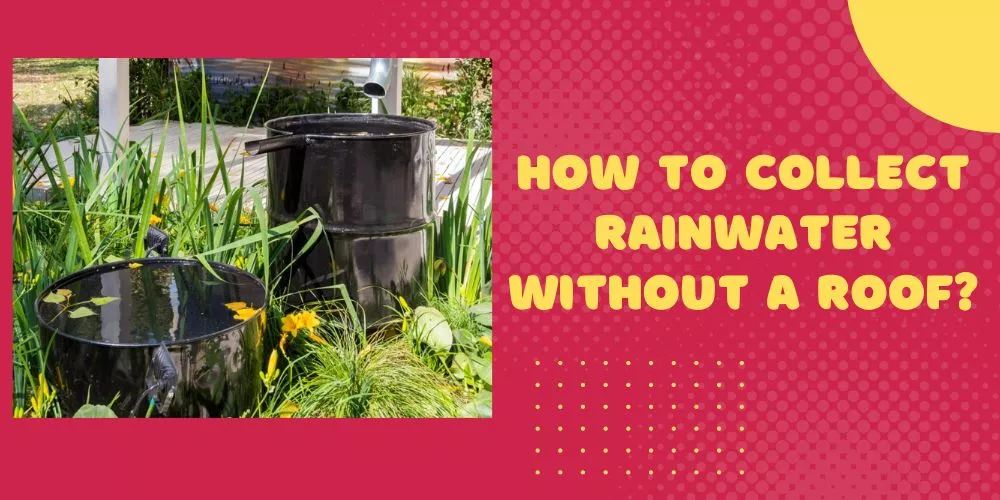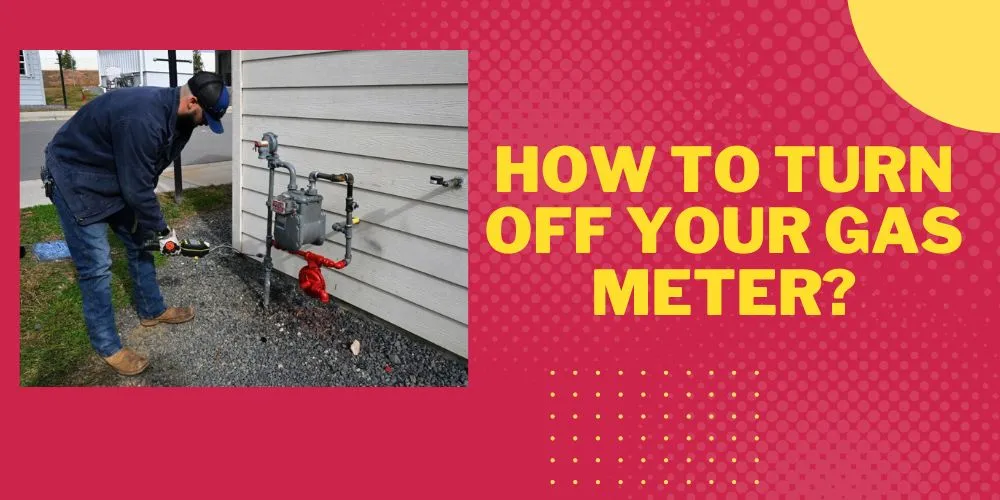Living off the grid brings a unique set of challenges, particularly when it comes to maintaining a comfortable household temperature.
With lower temperatures being not just a threat to comfort, but also a risk to health and well-being.
That’s why you must have a good understanding of how to stay warm while living off the grid, as it creates unnecessary hassle othwerwise.
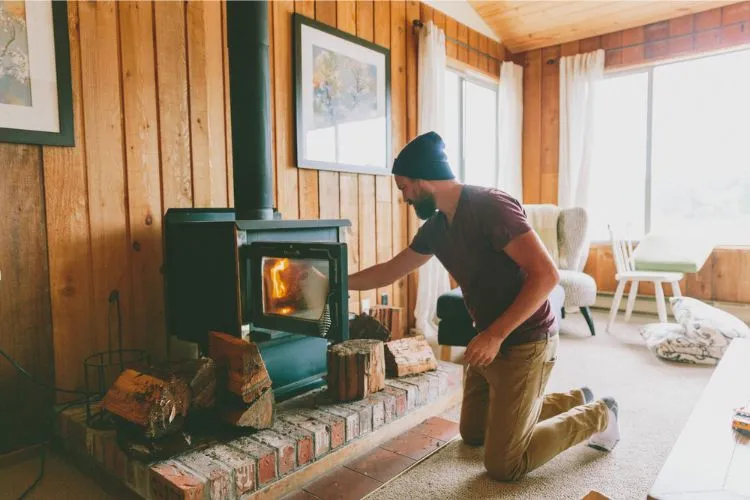
Understanding the Basics of Staying Warm
Before we delve into the specific strategies and systems that can be employed to stay warm while living off-grid, it’s worth taking a moment to understand the basic principles at play. Warmth is ultimately about energy: your body needs to generate heat, and your home needs to both generate and conserve it.
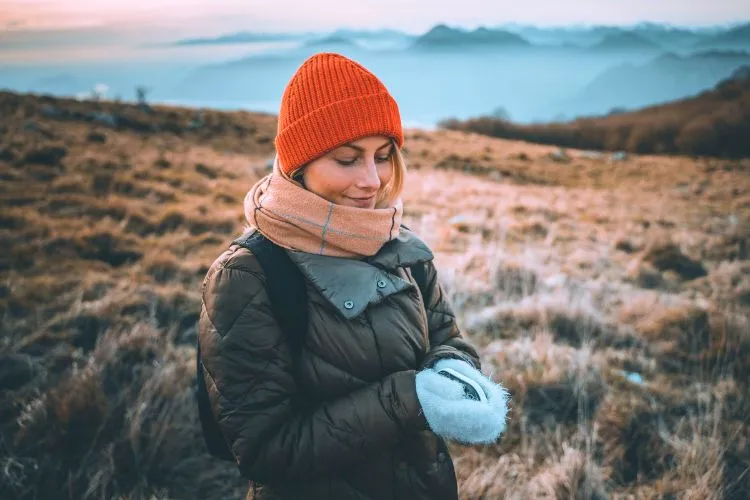
The human body is a natural heat-producing engine, generating heat through metabolic processes. We maintain our core body temperature of 98.6 degrees Fahrenheit, irrespective of the surrounding temperature. However, cold environments can hasten the loss of this body heat.
Heat loss happens through convection, conduction, radiation, and evaporation. To retain body heat, we need to combat these heat loss mechanisms with proper clothing, shelter, and fuel (food).
Heat conservation in a dwelling is largely about insulation, which slows the rate of heat loss. Insulation works by creating a barrier between the warm interior and the cooler exterior, slowing heat loss through conduction and convection. A well-insulated home requires less energy to maintain a warm interior, hence its necessity in off-grid living.
On-Grid Vs. Off-Grid Heating Systems
In a typical on-grid house, warmth is maintained via a centralized heating system, powered by electricity or natural gas from the mains supply. However, an off-grid homesteader does not have the luxury of such a setup.
Off-grid households rely on alternative sources like wood-burning stoves, solar power, or propane heaters, each of which have their unique advantages and drawbacks.
How To Stay Warm While Living Off The Grid?
Let’s examine some of the core options homesteaders consider when setting up their off-grid heating systems.
Wood Burning Stoves
Wood burning stoves are a popular choice for off-grid heating. They provide a significant amount of heat and can also be used for cooking. The trade-off is that they require a continuous supply of firewood.
A homesteader would need to source, cut, and dry a substantial amount of wood before the onset of winter. While this is a labor-intensive process, it can be achieved sustainably, especially if your property has an abundance of wood.
Solar Power
Solar power is another viable heating solution. By installing photovoltaic panels, you can collect and convert sunlight into electricity for heating.
Solar panels don’t emit greenhouse gases and are quiet, making them an environmentally friendly option. However, their efficiency is reliant on the amount of sunshine available, and they can represent a significant initial investment.
Propane Systems
Propane heaters can be an effective choice for an off-grid cabin or house. They’re easy to install and use, and propane is a relatively cheap and readily available fuel. However, like any fossil fuel, it’s not infinitely sustainable or environmentally benign. Safety checks and careful handling are required as propane is highly flammable.
Insulation Techniques
Regardless of your main heat source, proper insulation will greatly enhance your ability to keep your home warm. The mantra “seal, insulate, ventilate” sums up the key needs.
The aim is to reduce drafts, improve thermal insulation, and provide adequate ventilation to prevent condensation and indoor air pollution. Various insulation materials like spray foam, panels, or eco-friendly options like sheep’s wool can be used.
Dressing for Warmth
In the midst of considering high-end solutions, it’s easy to forget one of the most obvious and straightforward ways to stay warm – dress for the weather.
Investing in good quality thermal clothing, designed to wick moisture away from the skin while trapping warm air close to your body, can have a significant impact on personal comfort.
Cooking and Eating for Warmth
In addition to heating systems and clothing, the food and drink you consume can also play a significant role in keeping you warm.
Consuming hot food, particularly those rich in protein and fats, can stoke the body’s metabolism, thereby producing heat. An example of a warming recipe could be a hearty stew packed with root vegetables and a decent chunk of meat.
Examples and Case Studies
Anecdotes and case studies can also provide valuable insights into staying warm off-grid. Across the world, there are many inspiring stories of people who live comfortably, even luxuriously, in off-grid properties in cold climates.
For instance, some people in Alaska live off-grid in energy-efficient homes, using a combination of solar panels and wood-burning stoves for heat, assisted by top-notch insulation.
Building and Construction Tips to Stay Warm Off-Grid
Passive Solar Design
Passive solar design is an approach that allows buildings to collect, store, and distribute solar energy as heat in the winter and reject solar heat in the summer without using mechanical and electrical devices.
It is based on the building itself and its interaction with the natural environment. Here are some key principles of passive solar design:
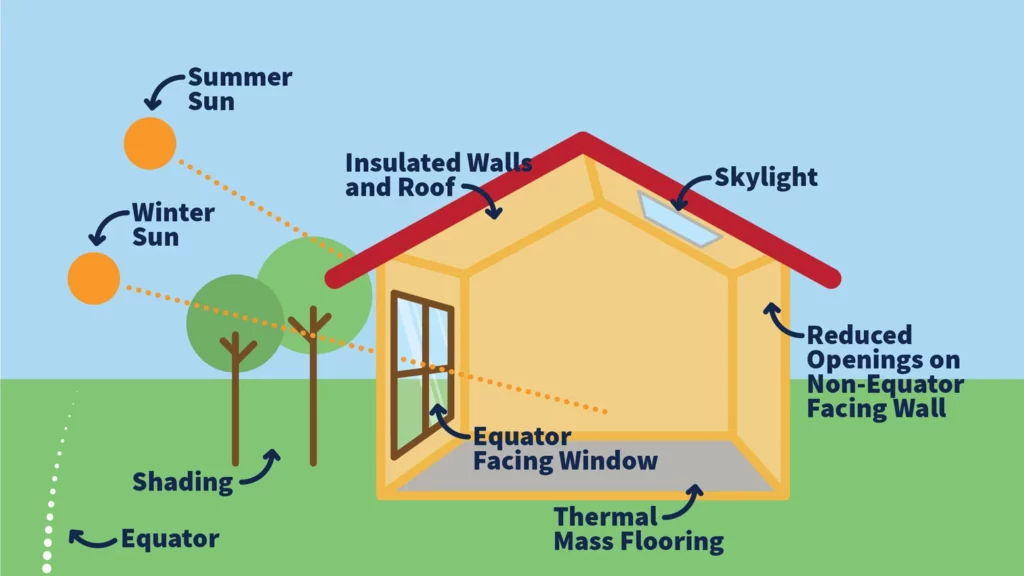
- Orientation: The building should be oriented so that its main windows face toward the equator (south in the Northern Hemisphere and north in the Southern Hemisphere) to maximize exposure to the sun. The goal is to allow winter sun to reach deep into the house for warmth, while minimizing exposure to the high summer sun to keep the interior cool.
- Window Placement and Sizing: Windows on the solar-facing side should be sized to allow significant amounts of sunlight into the home. Windows on the east and west sides are minimized as they can bring in too much heat in the morning and afternoon during summer.
- Thermal Mass: Materials with high thermal mass, like concrete, brick, stone, and ceramic tiles, can absorb, store, and distribute solar heat. They are typically integrated into floors or walls that receive direct sunlight, absorbing heat during the day and releasing it slowly as temperatures drop.
- Insulation: Proper insulation is crucial in passive solar design. The goal is to trap the heat inside in the winter and keep the heat outside in the summer. This is achieved by using well-insulated walls, roofs, and floors.
- Natural Ventilation: Windows and vents are placed strategically to allow for natural ventilation when needed. Cool evening air can be used to flush out heat and cool down thermal mass, getting it ready to absorb more heat the next day.
Through these techniques, passive solar design can significantly reduce the need for additional heating, leading to lower energy expenses and a more comfortable living environment.
Green Roofing
Green roofing refers to a roof that is partially or completely covered with vegetation and a growing medium, planted over a waterproofing membrane.
It can reduce heat fluctuations inside a building by providing outstanding thermal insulation and also offer other benefits such as reducing stormwater runoff and creating habitats for wildlife. Here’s more on green roofs:
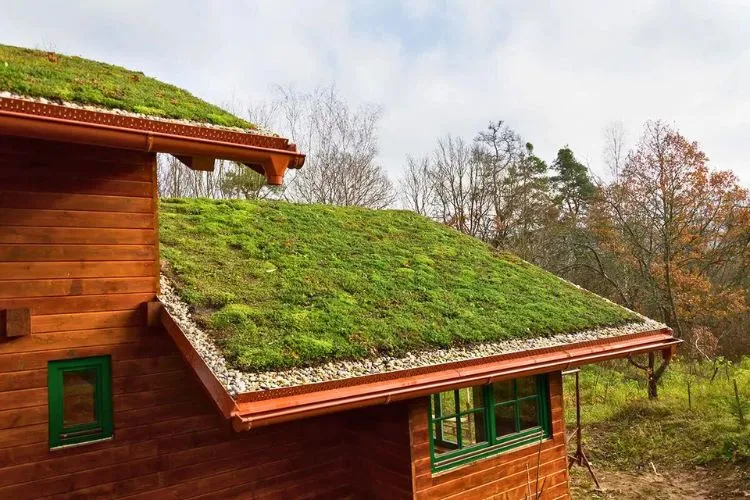
- Thermal Regulation: The soil and plants on a green roof provide natural insulation. In the winter, they add an extra layer of thermal mass that reduces the rate of heat loss. In summer, the plants’ evapotranspiration (the process plants use to evaporate water during photosynthesis) cools the building, reducing the need for air conditioning.
- Waterproofing and Durability: Underneath the vegetation is a high-quality waterproof membrane that can lengthen the lifespan of the roof by protecting the roof materials from the elements. This barrier helps prevent leaks and heat exchange.
- Energy Efficiency: The additional insulation from the green roof can mean significant energy savings, as the need for heating drops significantly in the cooler months. A green roof can act as a natural barrier against cold, trapping heat within the home, and therefore contributing to a more stable and desirable indoor temperature.
- Structural Considerations: To support a green roof, the building must have the right structural integrity to support the additional weight of the soil, plants, and any retained water. This could mean reinforcing the structure before implementation.
- Maintenance and Biodiversity: Although green roofs require maintenance like any garden, they provide a unique opportunity for biodiversity and can support a range of flora and fauna. This can also be a step towards eco-sustainability, creating a small ecosystem above your living space.
Incorporating passive solar design and green roofing techniques represents an upfront investment in both time and resources, but the long-term benefits of reduced energy costs and increased comfort are significant.
Not only will these measures help keep a home warm and energy-efficient in the winter, but they will also contribute to cooling it naturally in the summer, making them valuable year-round.
Conclusion
The challenge of staying warm is one that requires a mix of strategic planning, investment in the right materials and equipment, and a mindset of resilience, ingenuity, and adaptability.
By utilizing a mix of heating systems like solar power, wood stoves, and propane, along with appropriate insulation, dressing, and diet, anyone can succeed in living off the grid, no matter the temperature outside.

